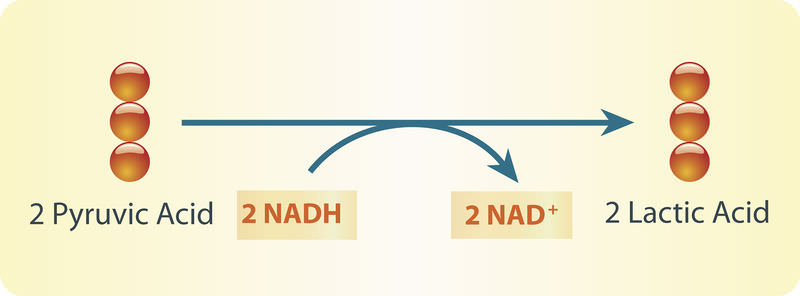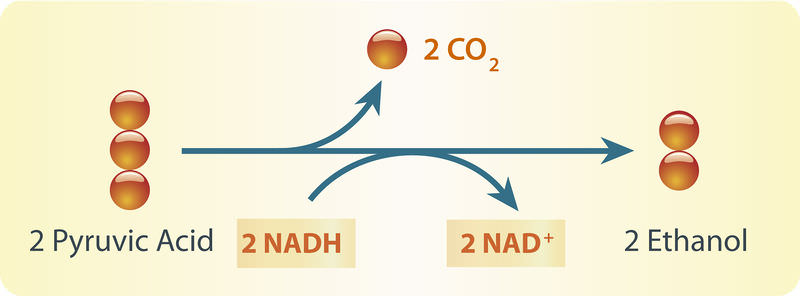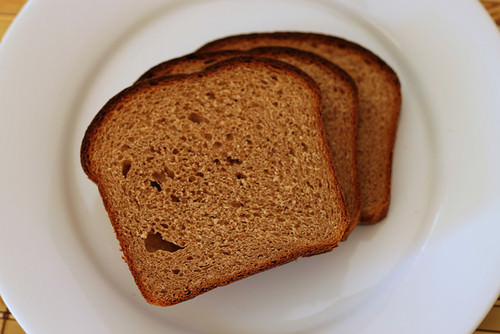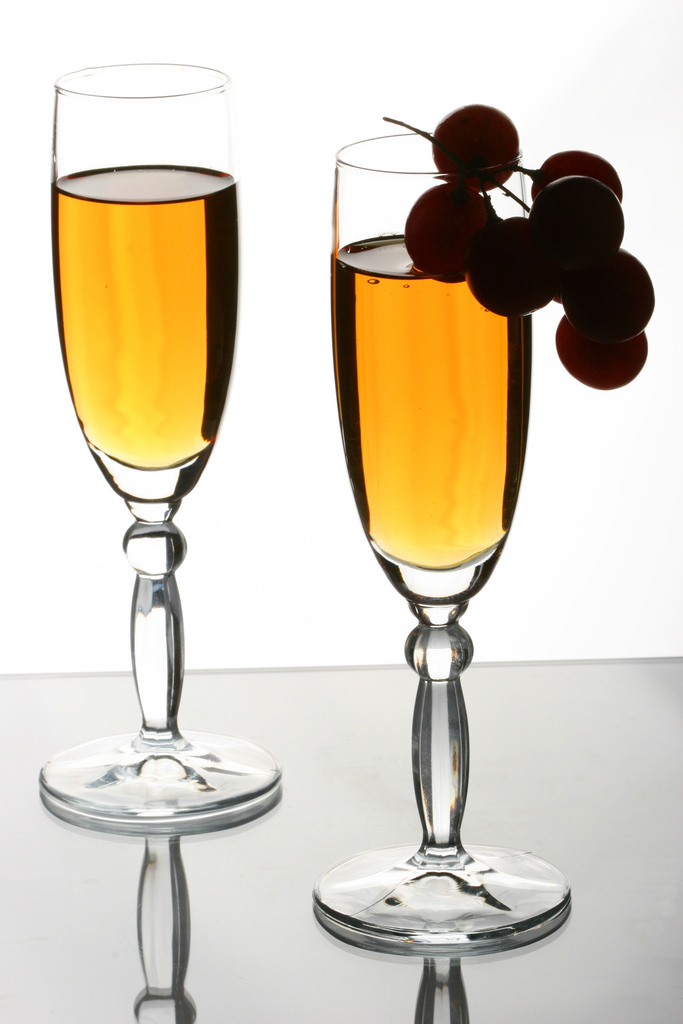2.21: Fermentation
- Page ID
- 8642
\( \newcommand{\vecs}[1]{\overset { \scriptstyle \rightharpoonup} {\mathbf{#1}} } \)
\( \newcommand{\vecd}[1]{\overset{-\!-\!\rightharpoonup}{\vphantom{a}\smash {#1}}} \)
\( \newcommand{\dsum}{\displaystyle\sum\limits} \)
\( \newcommand{\dint}{\displaystyle\int\limits} \)
\( \newcommand{\dlim}{\displaystyle\lim\limits} \)
\( \newcommand{\id}{\mathrm{id}}\) \( \newcommand{\Span}{\mathrm{span}}\)
( \newcommand{\kernel}{\mathrm{null}\,}\) \( \newcommand{\range}{\mathrm{range}\,}\)
\( \newcommand{\RealPart}{\mathrm{Re}}\) \( \newcommand{\ImaginaryPart}{\mathrm{Im}}\)
\( \newcommand{\Argument}{\mathrm{Arg}}\) \( \newcommand{\norm}[1]{\| #1 \|}\)
\( \newcommand{\inner}[2]{\langle #1, #2 \rangle}\)
\( \newcommand{\Span}{\mathrm{span}}\)
\( \newcommand{\id}{\mathrm{id}}\)
\( \newcommand{\Span}{\mathrm{span}}\)
\( \newcommand{\kernel}{\mathrm{null}\,}\)
\( \newcommand{\range}{\mathrm{range}\,}\)
\( \newcommand{\RealPart}{\mathrm{Re}}\)
\( \newcommand{\ImaginaryPart}{\mathrm{Im}}\)
\( \newcommand{\Argument}{\mathrm{Arg}}\)
\( \newcommand{\norm}[1]{\| #1 \|}\)
\( \newcommand{\inner}[2]{\langle #1, #2 \rangle}\)
\( \newcommand{\Span}{\mathrm{span}}\) \( \newcommand{\AA}{\unicode[.8,0]{x212B}}\)
\( \newcommand{\vectorA}[1]{\vec{#1}} % arrow\)
\( \newcommand{\vectorAt}[1]{\vec{\text{#1}}} % arrow\)
\( \newcommand{\vectorB}[1]{\overset { \scriptstyle \rightharpoonup} {\mathbf{#1}} } \)
\( \newcommand{\vectorC}[1]{\textbf{#1}} \)
\( \newcommand{\vectorD}[1]{\overrightarrow{#1}} \)
\( \newcommand{\vectorDt}[1]{\overrightarrow{\text{#1}}} \)
\( \newcommand{\vectE}[1]{\overset{-\!-\!\rightharpoonup}{\vphantom{a}\smash{\mathbf {#1}}}} \)
\( \newcommand{\vecs}[1]{\overset { \scriptstyle \rightharpoonup} {\mathbf{#1}} } \)
\( \newcommand{\vecd}[1]{\overset{-\!-\!\rightharpoonup}{\vphantom{a}\smash {#1}}} \)
\(\newcommand{\avec}{\mathbf a}\) \(\newcommand{\bvec}{\mathbf b}\) \(\newcommand{\cvec}{\mathbf c}\) \(\newcommand{\dvec}{\mathbf d}\) \(\newcommand{\dtil}{\widetilde{\mathbf d}}\) \(\newcommand{\evec}{\mathbf e}\) \(\newcommand{\fvec}{\mathbf f}\) \(\newcommand{\nvec}{\mathbf n}\) \(\newcommand{\pvec}{\mathbf p}\) \(\newcommand{\qvec}{\mathbf q}\) \(\newcommand{\svec}{\mathbf s}\) \(\newcommand{\tvec}{\mathbf t}\) \(\newcommand{\uvec}{\mathbf u}\) \(\newcommand{\vvec}{\mathbf v}\) \(\newcommand{\wvec}{\mathbf w}\) \(\newcommand{\xvec}{\mathbf x}\) \(\newcommand{\yvec}{\mathbf y}\) \(\newcommand{\zvec}{\mathbf z}\) \(\newcommand{\rvec}{\mathbf r}\) \(\newcommand{\mvec}{\mathbf m}\) \(\newcommand{\zerovec}{\mathbf 0}\) \(\newcommand{\onevec}{\mathbf 1}\) \(\newcommand{\real}{\mathbb R}\) \(\newcommand{\twovec}[2]{\left[\begin{array}{r}#1 \\ #2 \end{array}\right]}\) \(\newcommand{\ctwovec}[2]{\left[\begin{array}{c}#1 \\ #2 \end{array}\right]}\) \(\newcommand{\threevec}[3]{\left[\begin{array}{r}#1 \\ #2 \\ #3 \end{array}\right]}\) \(\newcommand{\cthreevec}[3]{\left[\begin{array}{c}#1 \\ #2 \\ #3 \end{array}\right]}\) \(\newcommand{\fourvec}[4]{\left[\begin{array}{r}#1 \\ #2 \\ #3 \\ #4 \end{array}\right]}\) \(\newcommand{\cfourvec}[4]{\left[\begin{array}{c}#1 \\ #2 \\ #3 \\ #4 \end{array}\right]}\) \(\newcommand{\fivevec}[5]{\left[\begin{array}{r}#1 \\ #2 \\ #3 \\ #4 \\ #5 \\ \end{array}\right]}\) \(\newcommand{\cfivevec}[5]{\left[\begin{array}{c}#1 \\ #2 \\ #3 \\ #4 \\ #5 \\ \end{array}\right]}\) \(\newcommand{\mattwo}[4]{\left[\begin{array}{rr}#1 \amp #2 \\ #3 \amp #4 \\ \end{array}\right]}\) \(\newcommand{\laspan}[1]{\text{Span}\{#1\}}\) \(\newcommand{\bcal}{\cal B}\) \(\newcommand{\ccal}{\cal C}\) \(\newcommand{\scal}{\cal S}\) \(\newcommand{\wcal}{\cal W}\) \(\newcommand{\ecal}{\cal E}\) \(\newcommand{\coords}[2]{\left\{#1\right\}_{#2}}\) \(\newcommand{\gray}[1]{\color{gray}{#1}}\) \(\newcommand{\lgray}[1]{\color{lightgray}{#1}}\) \(\newcommand{\rank}{\operatorname{rank}}\) \(\newcommand{\row}{\text{Row}}\) \(\newcommand{\col}{\text{Col}}\) \(\renewcommand{\row}{\text{Row}}\) \(\newcommand{\nul}{\text{Nul}}\) \(\newcommand{\var}{\text{Var}}\) \(\newcommand{\corr}{\text{corr}}\) \(\newcommand{\len}[1]{\left|#1\right|}\) \(\newcommand{\bbar}{\overline{\bvec}}\) \(\newcommand{\bhat}{\widehat{\bvec}}\) \(\newcommand{\bperp}{\bvec^\perp}\) \(\newcommand{\xhat}{\widehat{\xvec}}\) \(\newcommand{\vhat}{\widehat{\vvec}}\) \(\newcommand{\uhat}{\widehat{\uvec}}\) \(\newcommand{\what}{\widehat{\wvec}}\) \(\newcommand{\Sighat}{\widehat{\Sigma}}\) \(\newcommand{\lt}{<}\) \(\newcommand{\gt}{>}\) \(\newcommand{\amp}{&}\) \(\definecolor{fillinmathshade}{gray}{0.9}\)
When you combine grapes and yeast, what have you begun to make?
Wine. It may be slightly more complicated than that, but you need to start with grapes and yeast, and allow a natural fermentation process to occur. Essentially, this is respiration without oxygen.
Anaerobic Respiration: Fermentation
Today, most living things use oxygen to make ATP from glucose. However, many living things can also make ATP without oxygen. This is true of some plants and fungi and also of many bacteria. These organisms use aerobic respiration when oxygen is present, but when oxygen is in short supply, they use anaerobic respiration instead. Certain bacteria can only use anaerobic respiration. In fact, they may not be able to survive at all in the presence of oxygen.
An important way of making ATP without oxygen is called fermentation. It involves glycolysis, but not the other two stages of aerobic respiration. Many bacteria and yeasts carry out fermentation. People use these organisms to make yogurt, bread, wine, and biofuels. Human muscle cells also use fermentation. This occurs when muscle cells cannot get oxygen fast enough to meet their energy needs through aerobic respiration.
There are two types of fermentation: lactic acid fermentation and alcoholic fermentation. Both types of fermentation are described below.
Lactic Acid Fermentation
In lactic acid fermentation, pyruvate (also known as pyruvic acid) from glycolysis changes to lactic acid. This is shown in Figure below. In the process, NAD+ forms from NADH. NAD+, in turn, lets glycolysis continue. This results in additional molecules of ATP. This type of fermentation is carried out by the bacteria in yogurt. It is also used by your own muscle cells when you work them hard and fast.
 Lactic acid fermentation produces lactic acid and NAD+. The NAD+ cycles back to allow glycolysis to continue so more ATP is made. Each circle represents a carbon atom.
Lactic acid fermentation produces lactic acid and NAD+. The NAD+ cycles back to allow glycolysis to continue so more ATP is made. Each circle represents a carbon atom.Did you ever run a race and notice that your muscles feel tired and sore afterward? This is because your muscle cells used lactic acid fermentation for energy. This causes lactic acid to build up in the muscles. It is the buildup of lactic acid that makes the muscles feel tired and sore.
Alcoholic Fermentation
In alcoholic fermentation, pyruvate changes to alcohol and carbon dioxide. This is shown in Figure below. NAD+ also forms from NADH, allowing glycolysis to continue making ATP. This type of fermentation is carried out by yeasts and some bacteria. It is used to make bread, wine, and biofuels.
 Alcoholic fermentation produces ethanol and NAD+. The NAD+ allows glycolysis to continue making ATP.
Alcoholic fermentation produces ethanol and NAD+. The NAD+ allows glycolysis to continue making ATP.Have your parents ever put corn in the gas tank of their car? They did if they used gas containing ethanol. Ethanol is produced by alcoholic fermentation of the glucose in corn or other plants. This type of fermentation also explains why bread dough rises. Yeasts in bread dough use alcoholic fermentation and produce carbon dioxide gas. The gas forms bubbles in the dough, which cause the dough to expand. The bubbles also leave small holes in the bread after it bakes, making the bread light and fluffy. Do you see the small holes in the slice of bread in Figure below?
 The small holes in bread are formed by bubbles of carbon dioxide gas. The gas was produced by alcoholic fermentation carried out by yeast.
The small holes in bread are formed by bubbles of carbon dioxide gas. The gas was produced by alcoholic fermentation carried out by yeast.Gut Fermentation
Behind every fart is an army of gut bacteria undergoing some crazy biochemistry. These bacteria break down the remains of digested food through fermentation, creating gas in the process.
Summary
- Fermentation is making ATP without oxygen, which involves glycolysis only.
- Fermentation recycles NAD+, and produces 2 ATPs.
- In lactic acid fermentation, pyruvate from glycolysis changes to lactic acid. This type of fermentation is carried out by the bacteria in yogurt, and by your own muscle cells.
- In alcoholic fermentation, pyruvate changes to alcohol and carbon dioxide. This type of fermentation is carried out by yeasts and some bacteria.
Review
- What is fermentation?
- Name two types of fermentation.
- What is the main advantage of aerobic respiration? Of anaerobic respiration?
- What process produces fuel for motor vehicles from living plant products? What is the waste product of this process?
- Compare and contrast lactic acid fermentation and alcoholic fermentation. Include examples of organisms that use each type of fermentation.
| Image | Reference | Attributions |
 |
[Figure 1] | Credit: Hana Zavadska Source: CK-12 Foundation License: CC BY-NC |
 |
[Figure 2] | Credit: Hana Zavadska Source: CK-12 Foundation License: CC BY-NC 3.0 |
 |
[Figure 3] | Credit: Hana Zavadska Source: CK-12 Foundation License: CC BY-NC 3.0 |
 |
[Figure 4] | Credit: Stacy Spensley;Hana Zavadska Source: http://www.flickr.com/photos/notahipster/4093475322/ ; CK-12 Foundation License: CC BY 2.0 |

